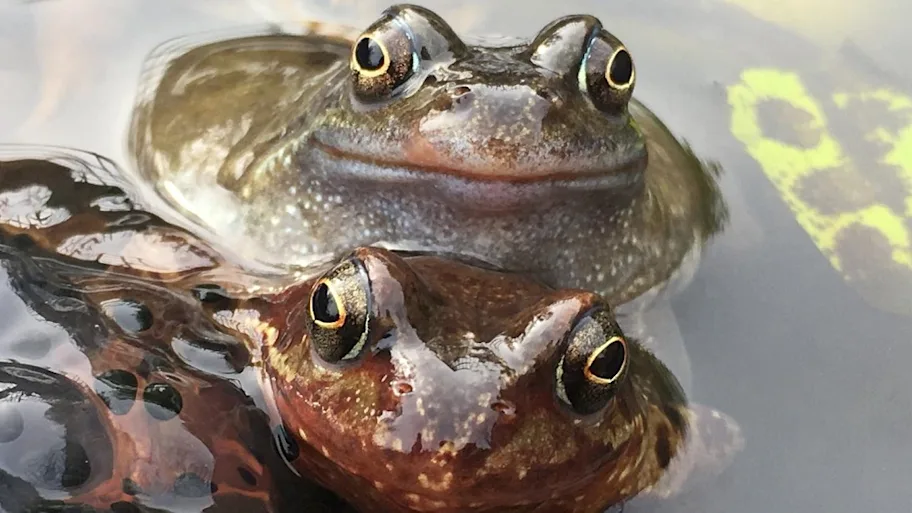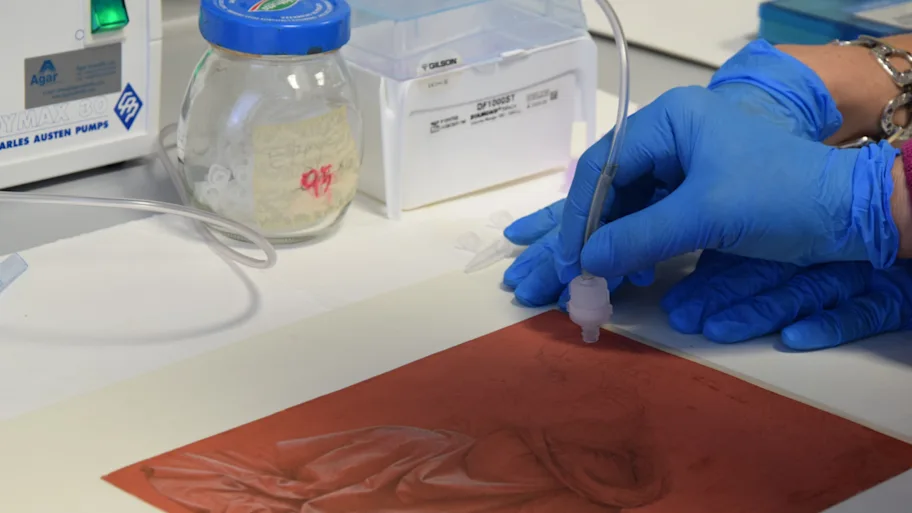
- Science news
- Featured news
- Scientists clarify what probiotics are and what they are not
Scientists clarify what probiotics are and what they are not

Section of the human small intestine (jejunum). H&E stain. When assessing probiotics, the functional impact on the human gut is as important as metagenomic sequencing to establish definitive clinical outcomes. Photo credit is: Visuals Unlimited, Inc./Dr. Gladden Willis
Section of the human small intestine (jejunum). H&E stain. When assessing probiotics, the functional impact on the human gut is as important as metagenomic sequencing to establish definitive clinical outcomes. Photo credit is: Visuals Unlimited, Inc./Dr. Gladden Willis
A new scientific paper calls for strict adherence to the scientific definition, ensuring improper use of the term doesn’t mislead consumers or limit advancements in the emerging field of microbiome science
— by Dr. Gregor Reid, Raja Dhir, and Dr. Azza A. Gadir
Dr. Gregor Reid, the scientist who chaired the United Nations/World Health Organization Expert Panel that authored the definition of ‘probiotics’ in 20011, has published a new definition in Frontiers in Microbiology: “Probiotics: Reiterating What They Are and What They Are Not”, to reestablish and clarify the term.
Probiotics: Reiterating What They Are and What They Are Not► Read original article► Download original article (pdf)
Marketing and media misuse of the term ‘probiotics’, and even misunderstanding within the scientific community, has contributed to growing global skepticism about the legitimacy of microbial therapies and the associated probiotic applications to improve human health.
Reid authored this paper in an effort to ensure hype doesn’t limit scientific and medical advancements. “Too many microbiome studies oversell limited findings or make broad generalizations that attribute the results of a single study on a single product across our entire field. Adherence by scientists, publications, and reporters to precise definitions and guidelines will ensure more accurate communications,” said Reid. “Stewardship of the term ‘probiotic’ is critical to curb its misuse and misattribution and to protect the future of a field that has incredible promise.”
Related: Are you a super pooper?
Article summary
Within the field of microbiome science, the rate of discovery of novel organisms with potentially therapeutic benefit is progressing rapidly and gaining prominence. More than ever, it is imperative that guidelines are followed to determine the validity of a probiotic. As indicated in the original FAO/WHO (2002) report1, there are certain expectations required to call an organism ‘probiotic’. These have been further clarified in 20142, and must include:
That microbes be alive in an adequate number when administered.
Strains must be identified genetically, classified using the latest terminology, and designated by numbers, letters, or names.
Appropriately sized and designed studies must be performed to designate a strain as probiotic and use the strain(s) on the host to which the probiotics are intended (human, livestock, companion animal, etc).
Strains shown to confer a benefit for one condition may not be probiotic for another application.
Strains that are probiotic for humans but are being used in animal studies should be clearly designated as human probiotics under experimental testing.
Original article: Probiotics: Reiterating What They Are and What They Are Not
REPUBLISHING GUIDELINES: Open access and sharing research is part of Frontiers’ mission. Unless otherwise noted, you can republish articles posted in the Frontiers news blog — as long as you include a link back to the original research. Selling the articles is not allowed.






